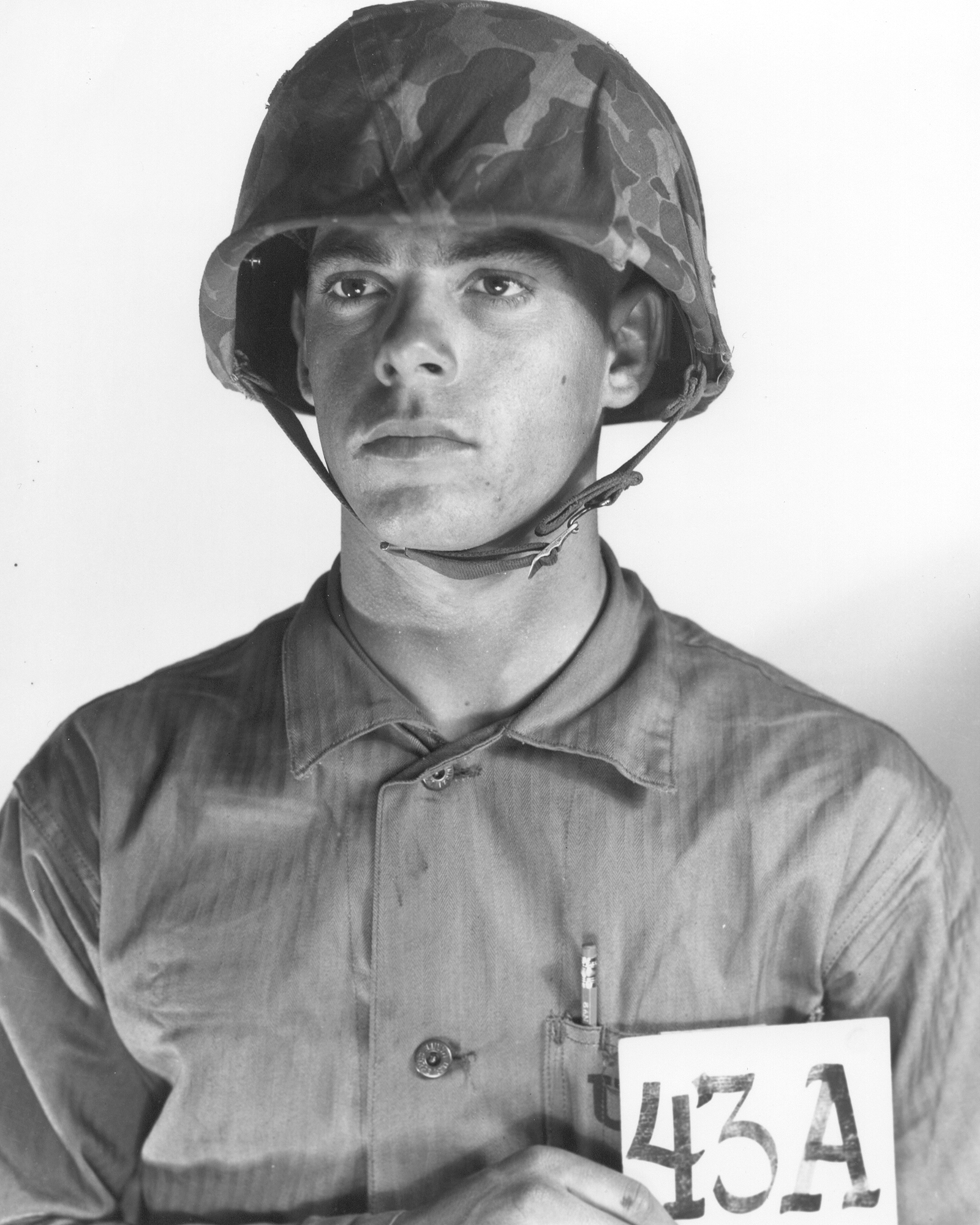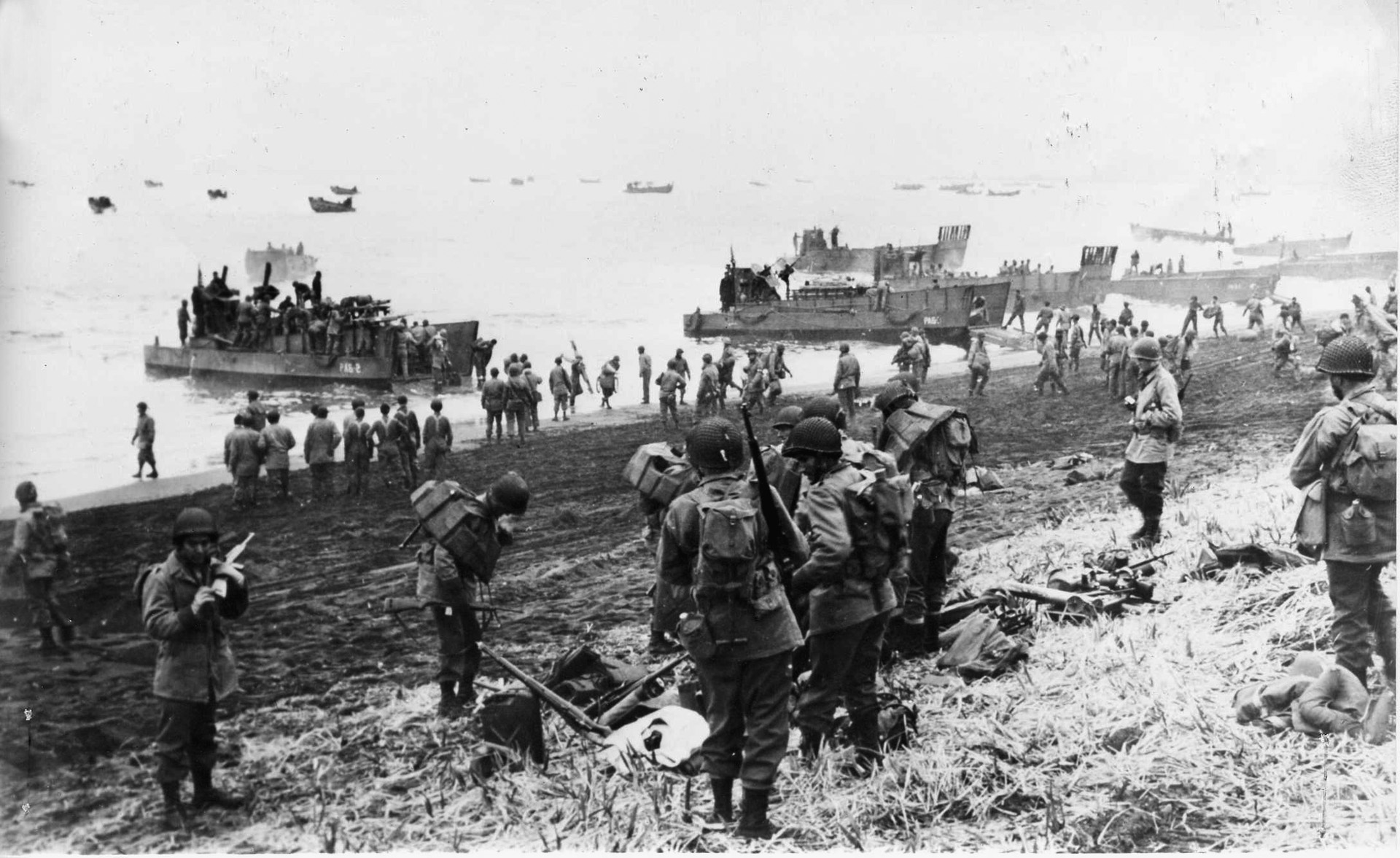Often during combat operations situations can arise that require unconventional solutions. The US military is no stranger to this fact, and has had a particular talent for it going back to its inception. A true example of military ingenuity comes from the USS Texas, specifically her actions during the invasion of Normandy.
To tell the story of the USS Texas, you have to know some background.
She first commissioned in 1914, in time to participate in World War 1. While she did deploy to the North Sea, the only ‘combat action’ seen was… not. Reports claim she was firing on naval craft, but others claim they were just waves. When WWII came along, Texas started the war by escorting ships across the Atlantic and participating in the Neutrality Patrol. It was during this time that the Atlantic fleet was reformed, with its flag raised on the Texas' deck, and the 1st Marine Division activated aboard.
Texas got her first taste of major combat In October of 1942 when she participated in Operation Torch, the invasion of North Africa. While American amphibious landing doctrine was still in its infant stages, Texas did not have a large piece of pie, so to speak, and only used her guns after the Army made their landings and requested specific fire support missions, to include a Vichy French ammunition dump.
Texas returned to the United States for rearming and was sent back to escort duty, and remained in that role until 1944 when plans were drawn up for the invasion of Normandy.
Arriving in the early hours of 6 June, Texas began her first naval bombardment mission at 0550 and fired just under 300 shells in 34 minutes. She would continue her bombing and gunnery campaigns to aid in the successful capture by allied troops despite heavy resistance, and attempts by enemy aircraft to take her out. At one point in order to provide closer support, Texas moved within the danger area off of the beach, risking grounding herself in the more shallow waters.
But this is not her craziest trick by far.
Needing to rearm, Texas went to England, and then turned around to speed back to the fight. When she arrived back in French coastal waters on 15 June, allied troops had already moved significantly inward, past the effective range of Texas’s guns… but Americans don't let little things like that stop us, and the ship’s crew got creative. She only needed a 2° rise in her port guns to accomplish the fire emissions being requested. And since the guns couldn’t be raised any higher the opposite deck needed to be lower.
Think about that for a moment. How do you lower the deck only on one side in a battleship? That insane thought that you’re having? Yeah. They did that.
The order was given to flood the opposing torpedo blisters, intentionally taking on water in order to angle the ship. Was this a danger to the crew? Absolutely. Did it work exactly as planned? Absolutely. Due to this completely bananas plan, the Texas was at that time the only US naval vessel to maintain its effectiveness far beyond its capability, contributing directly to an allied victory.
We often hear people talk about thinking outside the box, but the men aboard the Texas chucked the box overboard. She had a great and storied career, and is currently undergoing maintenance and repair in a Galveston dry dock, but nothing will ever top flooding herself to drain threes off the coast of France.



%201.svg)









